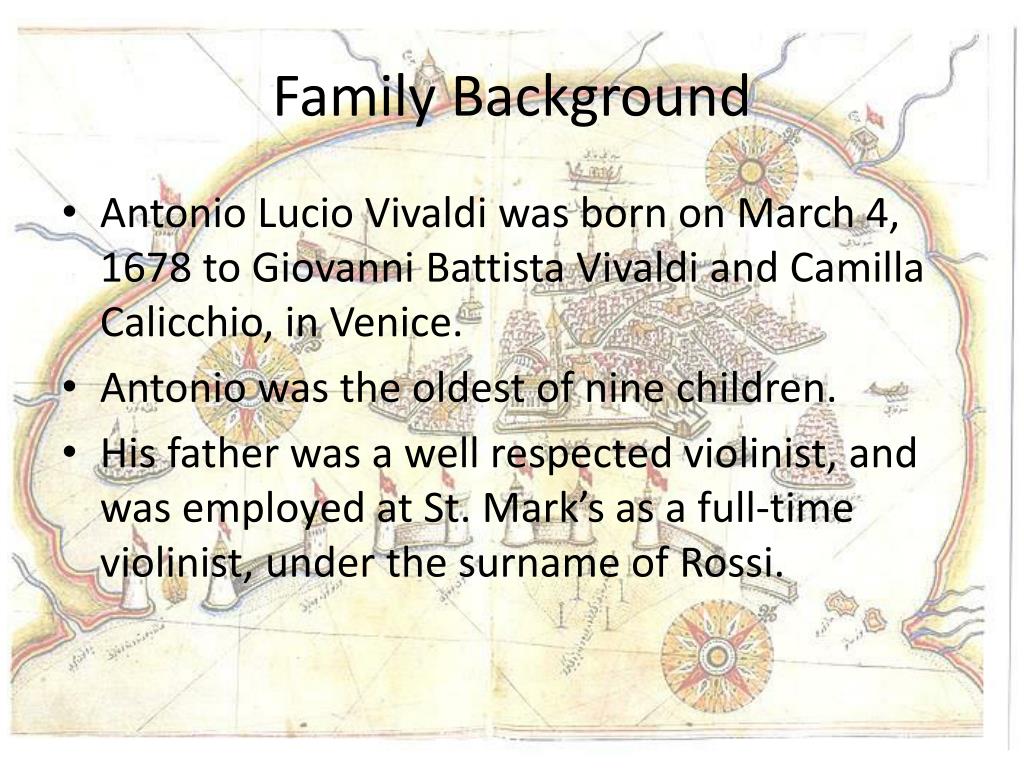My first experience of Pergolesi’s Stabat Mater was a recording by the late Claudio Abbado with soprano Margaret Marshall and contralto Lucia Valentini-Terrani. It is not a historically-informed performance, and it is played on modern instruments at a rather slower pace than one would probably want to hear nowadays. Yet it is a recording I go back to regularly because I just love the contrast between the two diametrically opposed timbres of the soloists. From this recording, I have always kept a taste for strongly contrasted colours in this work. I was therefore quite intrigued when I read the cast of last Sunday’s performance at the Concertgebouw, part of the Vocal Baroque Series of Fred Luiten Concert Series: pairing Philippe Jaroussky – a reputedly bright-voiced countertenor – for the alto part, with Julia Lezhneva – a rising star usually referred to as a coloratura mezzo-soprano – for the soprano part seemed quite an odd choice. I have to admit that I went with all kinds of reservations. My, was I wrong: this performance of the Stabat Mater proved to be one of the most moving I have heard.
Much of the credit has to go to conductor Diego Fasolis and his period instrument ensemble I Barocchisti. I loved their direct and expressive approach to the work. None of the affectation that sometimes plagues other period-style performances here: the emotionally expressive style of the piece is in itself enough. The last verses of “Quis est homo”, for example, really rendered the terror of the flagellation vividly. And in expressing emotion, the choice of the soloists proved to be a very interesting one indeed. The contrast between timbres was indeed limited, but similarities in colours created at times something of a friction that seemed to actually enhance the strange harmonies and dissonances which the composer used to so vividly express the pain of the Mother of Christ. Both voices are equally splendid and worked together beautifully.
Antonio Vivaldi was mentored by his father. Young Antonio was taught to play the violin by his father, Giovanni Battista Vivaldi, a professional violinist who was also a barber. Antonio got to tour Venice with his father while playing the violin together. Release date → March 2020Stream//Download//Buy → Antonini, virtuoso flautist and orchestral conductor, is.
.jpg/1200px-Church_of_the_Ospedale_della_Pieta_(7254936384).jpg)
I’m quite sure I heard my neighbour on the right gasp when Julia Lezhneva sang the first verses of her first solo. The voice of this young Russian singer with a cherub’s face (she is only 24) impresses by its maturity and sheer beauty. Her technique appears flawless: a legato so perfect that long musical phrases sounded seamless, like endlessly flowing honey, but did not affect her diction in any way. Moreover, her sense of ornamentation is exquisite.
I am still not convinced that French countertenor Philippe Jaroussky naturally possesses the lower range of an alto but, even if it is not the case, his strong technique is certainly very successful in concealing it. His voice has an angelic, almost fragile-sounding quality, yet very expressive colours. He also proved expert at conveying the text. In Vivaldi’s Nisi Dominus which he sang in the first part of the concert, he demonstrated he is very much at ease in fast coloratura passages, yet it was in the slower cantabile passages that his vocal qualities were shown at their best. The way he unfolded the long musical lines of the sicilienne “Cum dederit dilectis” was for me one of the most moving and memorable moments of the evening.
BG Benfatto, G., Gallavotti, G.: Perturbation theory of the Fermi surface in a quantum liquid. A general quasi particle formalism and one dimensional systems. Giovanni Antonini leads an evening of vocal and choral incandescence, culminating in a performance of Vivaldi’s soaring sacred masterwork, Gloria, last performed by the Chicago Symphony Orchestra and Chorus in 1972. Additional Dates and Times.
The audience in Amsterdam is reputedly always quite generous, but one could feel genuine excitement when the public of the totally sold-out Concertgebouw quite literally jumped to its feet in a roar to acclaim the artists at the end of the performance. Perhaps overwhelmed by the loud cheering, conductor Diego Fasolis held his music sheets in the air signifying to the public that the credit really should go to Pergolesi’s genius. Between curtain calls, the Barocchisti and soloists treated the cheering public by playing an excerpt of Scarlatti’s Salve Regina.
See full listing
 Orlando furioso
Orlando furiosoGiovanni Vivaldi
Mobile version



